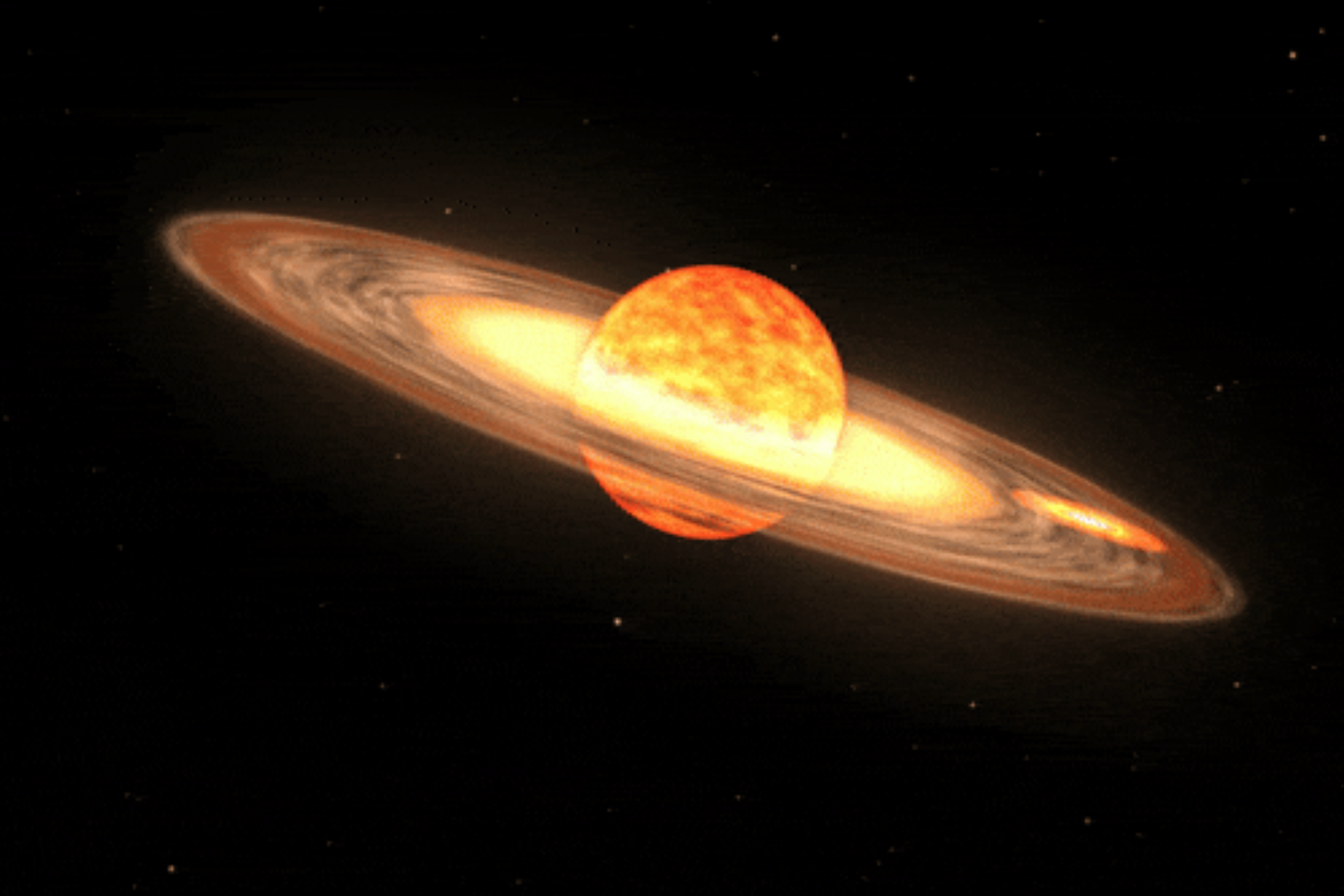New star to appear in ‘once-in-a-lifetime’ night sky event
T Coronae Borealis, or Blaze Star, will briefly appear as bright as the North Star
Your support helps us to tell the story
From reproductive rights to climate change to Big Tech, The Independent is on the ground when the story is developing. Whether it's investigating the financials of Elon Musk's pro-Trump PAC or producing our latest documentary, 'The A Word', which shines a light on the American women fighting for reproductive rights, we know how important it is to parse out the facts from the messaging.
At such a critical moment in US history, we need reporters on the ground. Your donation allows us to keep sending journalists to speak to both sides of the story.
The Independent is trusted by Americans across the entire political spectrum. And unlike many other quality news outlets, we choose not to lock Americans out of our reporting and analysis with paywalls. We believe quality journalism should be available to everyone, paid for by those who can afford it.
Your support makes all the difference.A new star is about to appear in the night sky that has not been seen for nearly 80 years.
Dubbed the Blaze Star, T Coronae Borealis was last seen from Earth in 1946 when it erupted from the Northern Crown constellation. It was expected to appear in September, with astronomers now saying that it could appear any day.
The celestial phenomenon is the result of a long-dead star 3,000 light-years from Earth reigniting in an explosion that will appear as bright as the North Star. Lasting only a few days, the nova will then disappear for another 80 years.

“It’s a once-in-a-lifetime event that will create a lot of new astronomers out there, giving young people a cosmic event they can observe for themselves, ask their own questions, and collect their own data,” said Dr. Rebekah Hounsell, an assistant research scientist specialising in nova events at Nasa’s Goddard Space Flight Center in the US.
“There are a few recurrent novae with very short cycles, but typically, we don’t often see a repeated outburst in a human lifetime, and rarely one so relatively close to our own system. It’s incredibly exciting to have this front-row seat.”
First spotted in 1217 in Germany, the celestial event appears as a brief but powerful eruption that is visible with the naked eye. The first person to spot it, a man named Burchard from Ursberg, described it as “a faint star that for a time shone with great light”.
Sky gazers will be able to spot the nova by locating the two brightest stars in the Northern Hemisphere – Arcturus and Vega – and using them to form a straight line that points to the Northern Crown constellation.
“Typically, nova events are so faint and far away that it’s hard to clearly identify where the erupting energy is concentrated,” said Dr. Elizabeth Hays, chief of the Astroparticle Physics Laboratory at Nasa Goddard.
“This one will be really close, with a lot of eyes on it, studying the various wavelengths and hopefully giving us data to start unlocking the structure and specific processes involved. We can’t wait to get the full picture of what’s going on.”
It is not the only night sky event to take place in October, with a “comet of the century” passing by Earth for the first time in 80,000 years.

Join our commenting forum
Join thought-provoking conversations, follow other Independent readers and see their replies
Comments